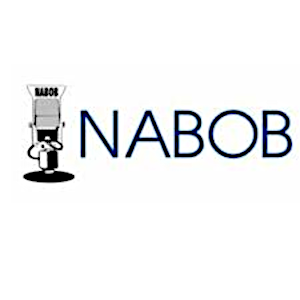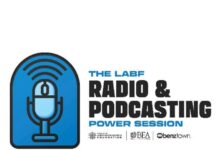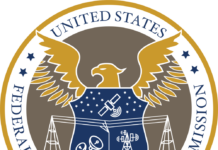
That appears to be what the battle over Zonecasting has become. In addition to The NAB, iHeartMedia, Audacy, Cumulus, Beasley, Salem, Connoisseur and NPR have all come out against Zonecasting. NABOB, The MMTC and dozens of small broadcasters have come out in favor. Why is that?
The bigger companies are hanging their hats on the technical issue, claiming interference. Minority and smaller market broadcasters tell Radio Ink the bigger companies are worried they will lose revenue when Zonecasting allows them to target local communities and sell ads, at more affordable rates, to local advertisers.
In comments filed this week, NABOB and MMTC pointed out that the new technology would “enable deployment of technology that could give small and minority broadcasters new tools to serve their listeners. They will be able to deliver content to their audiences – including community news, traffic, weather, and advertisements – that speaks directly to their local interests.”
Cable TV has been targeting ads to local audiences for years and it’s what digital has built their revenue successes from. Those are same digital companies that the bigger radio groups have been complaining are taking away their local revenue. Those are same digital companies that the bigger radio groups say they need to own more radio stations to compete with.
The NABOB, MMTC comments to The FCC point out the benefit this rule change would have to small businesses: “We also envision small businesses for whom radio advertising is too expensive today now being able to take advantage of radio as an advertising medium. We understand that some radio stations may not want to use this technology. That is their choice. We ask only that the Commission give FM radio broadcasters the same capability that it gave to TV broadcasters five years ago, and that every other media has enjoyed for many years: the ability to deliver hyper-local content to their audiences.”
The NABOB MMTC comments state that testing was done on both flat (WRBJ-FM in Jackson) and Mountainous (KSJO-FM San Jose) and those tests prove the technology works smoothly in both types of environments.
21 national public interest, civil rights, and business advocacy organizations and dozens of small broadcasters filed comments in support of the technology, including: Always Mountain Time; Double-R Communications; Commonwealth Broadcasting Corporation; Center Broadcasting Company, Inc.; Educational Communications of Colorado Springs; Keyhole Broadcasting, KM Radio of Atlanta, KWTO, Lake Broadcasting, Legend Broadcasting, Marshal University Board of Governors, New Life Broadcasting, Northeast Broadcasting Company, Phillips Broadcasting Company, Q Media Properties, WAY-FM Media Group, Stereo Broadcasting; Williams Media Group; and Wennes Communications Stations.
Comments must be submitted by June 21st before the FCC decides what to do next.






Will radio ever stop being “just like”? “Just like digital”. “Just like the streamers.” “Just like….” well you can fill in the blanks. HD radio was developed to be “just like” satellite. “Less is More” was created to be “just like”…well I’m’ not sure what. We’ve had decades to discover the pluses and minuses of “broadcast” radio and instead of following other media leads, we should perfect what we’re known for. Easy to use, free, talent-heavy and FUN! Why else would you turn on-the radio?
I have a booster, so I know the limitations of the system..without adding different audio to the booster. Incidentally–played with internet delivered audio to a booster for a non-com. They never built out the permit–with the time delay of the internet became clear this wasn’t going to work. Echo-Echo.
I have 4 stations in small markets–we survive on the local, small advertiser. But they buy us because we deliver their market–and beyond. Our main station is a B-1 that reaches several small rural counties plus the Parkersburg-Marietta metro as a suburban signal
An example: small furniture store in a town of 1,300…the county population is 8,700. He started advertising on our Class B-1 station, and hit upon a campaign promoting two sided matresses (that could be turned over when they started to sag). The promotion worked–now he’s delivering matresses 50 miles out to Parkersburg, as well as Wheeling.
I suspect the real hope of the GeoCaster supporters is that the Commission will ditch the 5 minute limit and allow these boosters to operate independent programming